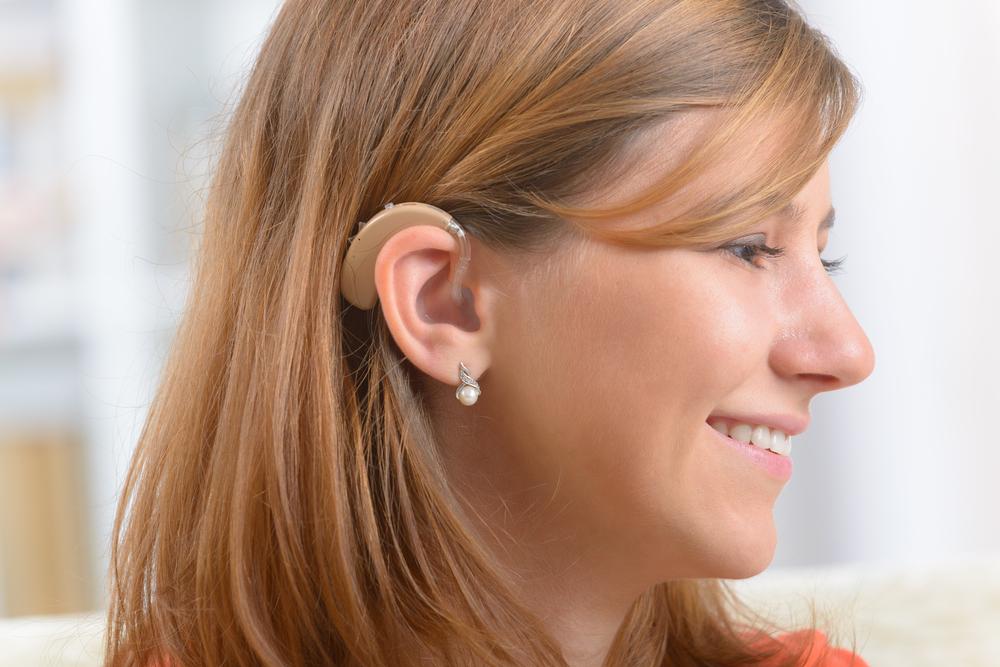All You Need to Know about Digital Hearing Aids
Science and innovation have made it possible for the people with hearing disability to be able to enjoy the various sounds of the world. Hearing aids are a device which helps people with hearing disabilities. With the advancement in technology, digital hearing aids have conquered the era of bulky analog hearing aids. Digital hearing aids are gaining popularity for their durability and user-friendly features.
Difference between an analog and digital hearing aid
The biggest difference between an analog and digital hearing aid is the manner in which they process the sound signal.

The analog hearing aids amplify sounds on a continuous basis. This can be better explained if you imagine a person cupping their hands behind the ear that makes the sound louder.
Components of digital hearing aids
Based upon the feedback management system, digital hearing aids have five main components:
Microphone
It is the most crucial component that determines the quality of sound transmitted. Being adaptive in nature, they are capable of assuming a mode in a particular direction which enhances the signal’s audibility according to the environmental set-up.
Microchip
It is a powerful component that also forms the backbone of the hearing aid. It takes care of the wireless communications as well as processing of the sound signal. Microchip is the reason for the digital hearing aids to become smaller in size.
Battery
It is the life of a digital hearing aid. The power required by the hearing aid to be operational is directly related to its size and the range of features that it offers.
Amplifier
The function of the amplifier is to process and strengthen the signal depending on the individual’s hearing impairment and requirement. There is no distortion in the sound and it makes the sound easy to recognize. Basically, the majority of circuits and electrical components of the hearing aid are placed upon a microchip.
Receiver
This component is responsible for converting the electrical signal into a sound signal which is then sent to the user’s ear. The size of the processed sound signal depends upon the size of the digital hearing aid. A user who is experiencing severe hearing loss is required to get a comparatively bigger hearing aid.
Examples of digital hearing aids
The series of Widex DREAM digital hearing aids offer a unique sound experience. Ranging from a bird chirping on a hot summer day to you attempting to discuss something with a friend in a crowded marketplace, you will face no difficulty. Other digital hearing aids are Phonak Audeo BTE Ric Hearing Aids, Starkey Z Series Hearing Aids i70 Model 20-110 dB BTE, Oticon Ino Pro MiniRite Hearing aids and Unitron Moxi2 e RIC.
Advantages of digital hearing aids
A great thing about digital hearing aids is that, with advanced algorithms, these can be programmed effectively to reduce any noise in the background. This feature also makes it possible to programme the device for different environments. Digital hearing aids can also be made fit for the use of different users. While buying, it must be ensured to buy only from a reputed manufacturer because it is observed that cheaper versions of digital hearing aids are poorly manufactured and lack major components. Nowadays, some of the devices use Bluetooth Technology to connect to the user’s smartphone directly. Companies are giving the option of increasing or decreasing volumes as and when required through an app. Digital hearing aids are also more long-lasting. They are covered with a coat of water and dust repellents which leads to minimal damage and repairs over the years. With efficient designing, they are now less noticeable while the controls are easily accessible by the user.